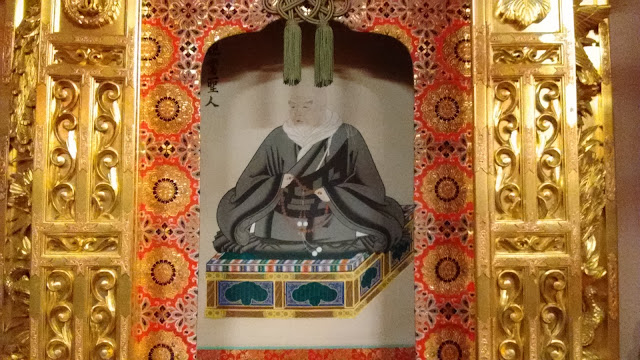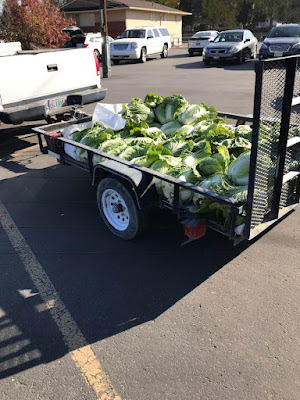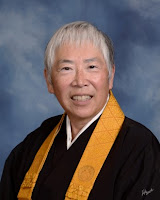HOONKO: Repaying a Debt of Gratitude
“In
gratitude to Amida, the Buddha-as-words, I dedicate my whole being to realizing
Buddha’s intent.
In gratitude to the masters of teachings and the countless good Dharma friends among our ancestors, I dedicate my total efforts to spreading the Nenbutsu.”
Translation of the Ondokusan from Shinran Shonin’s Shozomatsu Wasan #59. (Translation by Rev. Kakei Nakagawa, Rinban of Fresno Betsuin based on Bishop Kenryu Tsuji’s writings)
January is the month for a major service called “Hoonko” which is typically observed on January 16th in the Nishi Hongwanji tradition. “Hoonko” means “repaying our debt of gratitude”. This is a time for us to reflect on and appreciate the life and teachings of Shinran Shonin, the founder of our Jodo Shinshu tradition.
Our debt
of gratitude to Shinran Shonin extends to our ancestors who walk together with
us on the path of the Buddha Dharma. The Japanese term for this idea of good
Dharma friends is “on-dobo on-dogyo”. Shinran Shonin emphasized the
idea that he did not consider himself a founder of a Buddhist sect or a great
teacher with many followers. He always
maintained that he was a student of Honen and only felt that he was propagating
the Nembutsu teaching of Honen. He
considered everyone to be equal companions in the Dharma or “on-dobo
on-dogyo.” Such an idea developed from a vision of Amida’s all-inclusive,
universal and unconditional compassion.
It did not matter what your position was. All were equal in the eyes of Amida
Buddha. As Alfred Bloom says, “For
Shinran even the lowest members of society are like broken pieces of pottery
which are transformed to gold by Amida’s compassion and wisdom.”
Here is a story illustrating the idea of friends in the Dharma. It is quoted from Buddhism of the Heart by Jeff Wilson and is called “In The Pot”:
Long ago, a rural village in Japan decided to build a temple and invite a Buddhist monk to come and minister to them. There were two applicants who seemed qualified, so the village decided to put them to a test in order to determine which one would be their new spiritual leader.
In the middle of the village two gigantic iron pots were
set up and a fire was lit under each one, bringing the water inside to a
boil. Then the two applicants were asked
what they would do with the pots to prove their worthiness. The first monk was an advanced tantric
meditator. Without batting an eye, he
calmly climbed into the first pot, which reached up to his neck. Unaffected by the boiling water, the monk
meditated for hours. The villagers were
amazed and impressed—here was a monk who truly had amazing powers.
The second applicant was a Shin priest. He didn’t have impressive robes like the
tantric monk, and he didn’t even shave his head. Everyone wondered how he could possibly do
better than the first man, especially since while the tantric monk had been
quietly preparing himself for his intense meditation, the Shin priest had just
been chatting casually with the villagers, asking about their families and how
the harvest was going. But when his turn
came, the Shin priest gave a big smile and walked up to the second boiling
pot.
In the morning, the villagers thanked the tantric monk for coming and asked the Shin priest to stay and minister to their village.
We walk the Nembutsu path together with our good Dharma friends as Shinran Shonin did with the farmers, fisherman, and peasants of his day. Because of the life and writings of Shinran Shonin, we recite the Nembutsu in gratitude for the opportunity to hear the Teachings with Shinran and our on-dobo on-dogyo.
(Bento packing at IOBT Temple requires many people working together to create a meal to share)
There is the saying recorded by Kakunyo
Shonin in which Shinran Shonin said, “If
there is one person rejoicing in the nembutsu know that there are two, if there
are two people rejoicing in the nembutsu know that there are three, for that
other shall be I, Shinran.”
In Gassho,
Rev. Kathy
Rev. Kathy Chatterton,
Assistant Minister







Comments
Post a Comment